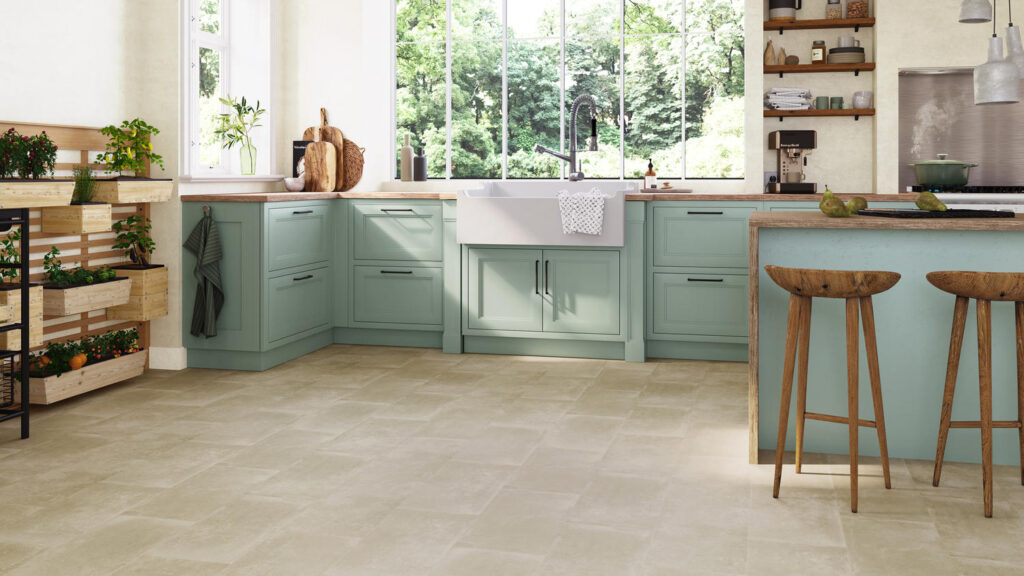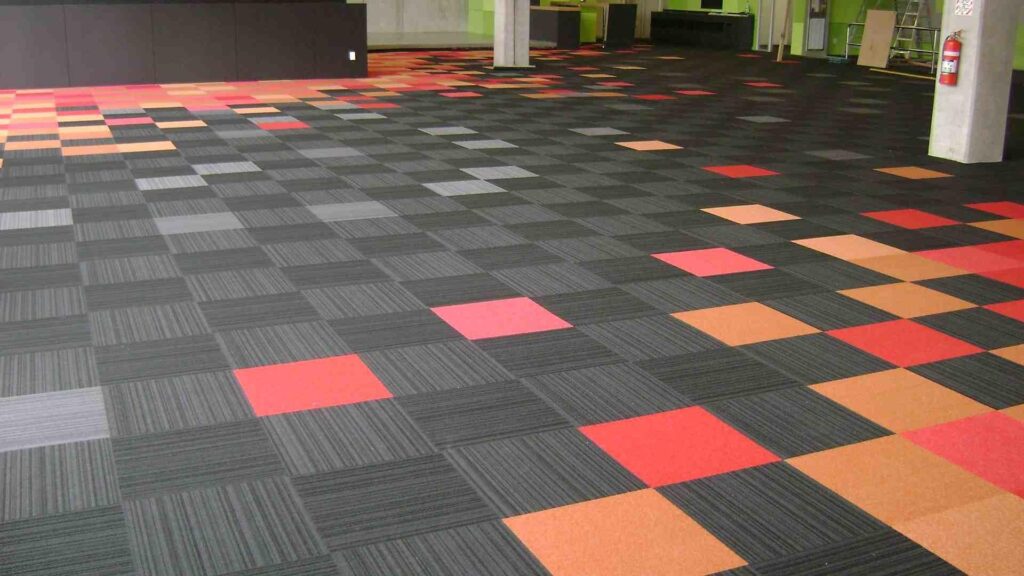When it comes to house renovations, the costliest areas to improve are the kitchen and bathroom. Therefore, it’s unsurprising that homeowners spend hours searching for bargains, discounts, and special offers to reduce the entire cost of the makeover. However, when it comes to finding the proper tiles, particularly floor tiles, ‘deal seekers’ sometimes overlook one critical fact: the cheapest floor tiles do not always indicate the greatest quality for their project.
Why is this the case? Bear in mind that we anticipate the floor tiles being in excellent condition for at least 10-15 years. Thus, although the cheapest and lowest-quality goods may seem to be a short-term ‘money-saving’ option, they will need an update far sooner.
Rather than the lowest choice, what you should truly be searching for is a high-quality product for your bathroom or kitchen at an inexpensive price (so economical and fair). Before you begin comparing tile vendors and their costs, please read the following instructions.
The Appropriate Kitchen and Floor Tiles at the Appropriate Price
While selecting a product, your emphasis should not be just on aesthetic attributes such as style, color, or structure. Of course, you want to pick tiles that you like, but keep in mind that they must also be durable and in excellent shape! Consider the quality first, and then the style — not the other way around. The most critical factors to consider while making a final selection are listed below.
Classification of the surface durability of tiles
PEI is the scientific term for tile durability, and it is the first criteria to consider when selecting kitchen or bathroom flooring goods. It specifies the location of the tiles and their resistance to mechanical harm. The higher the class of the tile, the less likely it is to be damaged; for example, due to normal wear and tear caused by walking, dropping objects on the floor, and so on.
In a nutshell, there are four distinct PEI classes:
• PEI Class 1 – not suggested for floors; nevertheless, it is suitable for walls.
• PEI Class 2 – for light foot traffic and the use of soft footwear
• PEI Class 3 – for light to moderate foot traffic and the use of soft soled shoes. You must not use these tiles in areas with a high level of traffic or in areas where abrasive items may be dragged in, such as bedrooms.
• PEI Class 4 – from light to high traffic, e.g. restrooms, living rooms, kitchens, or other areas where conventional shoes are used
• PEI Class 5 – from heavy to excess traffic, e.g. public spaces, stores, etc.

Resistance to slipping
The next step is to locate anti-slip floor tiles. This is particularly critical if you want to use them in a kitchen or bathroom, and porcelain anti-slip floor tiles are the ideal option for spaces that get a lot of moisture. If you choose ceramic floor tiles (which are less durable than porcelain floor tiles), be sure you use unglazed ceramic floor tiles, which have a higher level of slip resistance than glazed ceramic floor tiles.
Classifications of ‘R’ Floor Slips Specifications for R9 Through R13:
R9 – only for low-risk internal applications, such as the client reception area
R10 – suitable for interior usage; may be used in bathrooms or toilets.
R11– refrigerators and dishwashing areas
R12 – locations prone to liquid spills, commercial kitchens
R13 – ideal for areas prone to spillage, areas with a high level of moisture, bathrooms, kitchens, and even outside applications (e.g. garden patios)
Surface abrasion
Abrasion resistance contributes to the floor tiles’ aesthetic value being retained even after many years of usage. The high resilience to breaking and bending allows the floor tiles to be used in areas where ordinary floor tiles would have worn out long ago. Surface hardness is one of the factors considered during PEI tile testing. The higher the grade, the more abrasive the surface of the tile.
Resistance to heat
Consider installing underfloor heating in your house. Then choose floor tiles with a low coefficient of thermal expansion as determined by a co-efficient rate (COE). COE quantifies a ceramic material’s reversible volume or length change as a function of temperature. The greater the expansion of the material during heating, the greater the likelihood of the tile breaking after cooling. Porcelain floor tiles are manufactured at a significantly higher temperature than ceramic tiles, making them more resistant to heat. Consult the vendor and inform them about the underfloor heating, so they can assist you in selecting the appropriate floor tiles.

Resistance to frost
If you wish to utilize a tile in an area where temperatures may fall below zero, the only viable alternative is porcelain tile. Porcelain tiles, in contrast to ceramic floor tiles, are impermeable to water penetration. When used inside, even drastic temperature fluctuations have no harmful effect on these items.
Rate of water absorption
The categories are as follows:
1. Non-vitreous — Tile that absorbs more than 7% of its body weight in water.
2. Semi-vitreous — Tile that absorbs more than 3% but less than 7% of its body weight in water.
3. Vitreous – Tile that absorbs more than 0.5 percent but less than 3% of its body weight in water.
4. Impervious – A tile that absorbs less than 0.5 percent of its body weight in water.
Ceramic floor tiles that have been properly laid and grouted are a great option for moist regions. While the glaze on ceramic floor tiles is impervious, a glazed tile’s body may absorb water. Any ceramic tile glazed or unglazed, that absorbs more than 3% of moisture is inappropriate for use in damp regions or outdoors. Porcelain tiles, as mentioned before, are impenetrable to water infiltration. Porcelain tiles absorb less than 0.5 percent of their weight in water, making them ideal for bathrooms and kitchens.
Dimensions and surface
If the floor tiles are very thin, they may break when subjected to a certain amount of pressure. Never use floor tiles with a PEI rating of less than 4 or 5 in your kitchen or bathroom. Consider utilizing thinner wall floor tiles to save money. Consider the tile’s surface not just visually, but also practically – most floor tiles with detailed patterns or a coarse surface can collect and build dirt over time, making bathroom or kitchen cleaning a genuine pain. Learn more about the best outdoor tiles for modern gardens.

